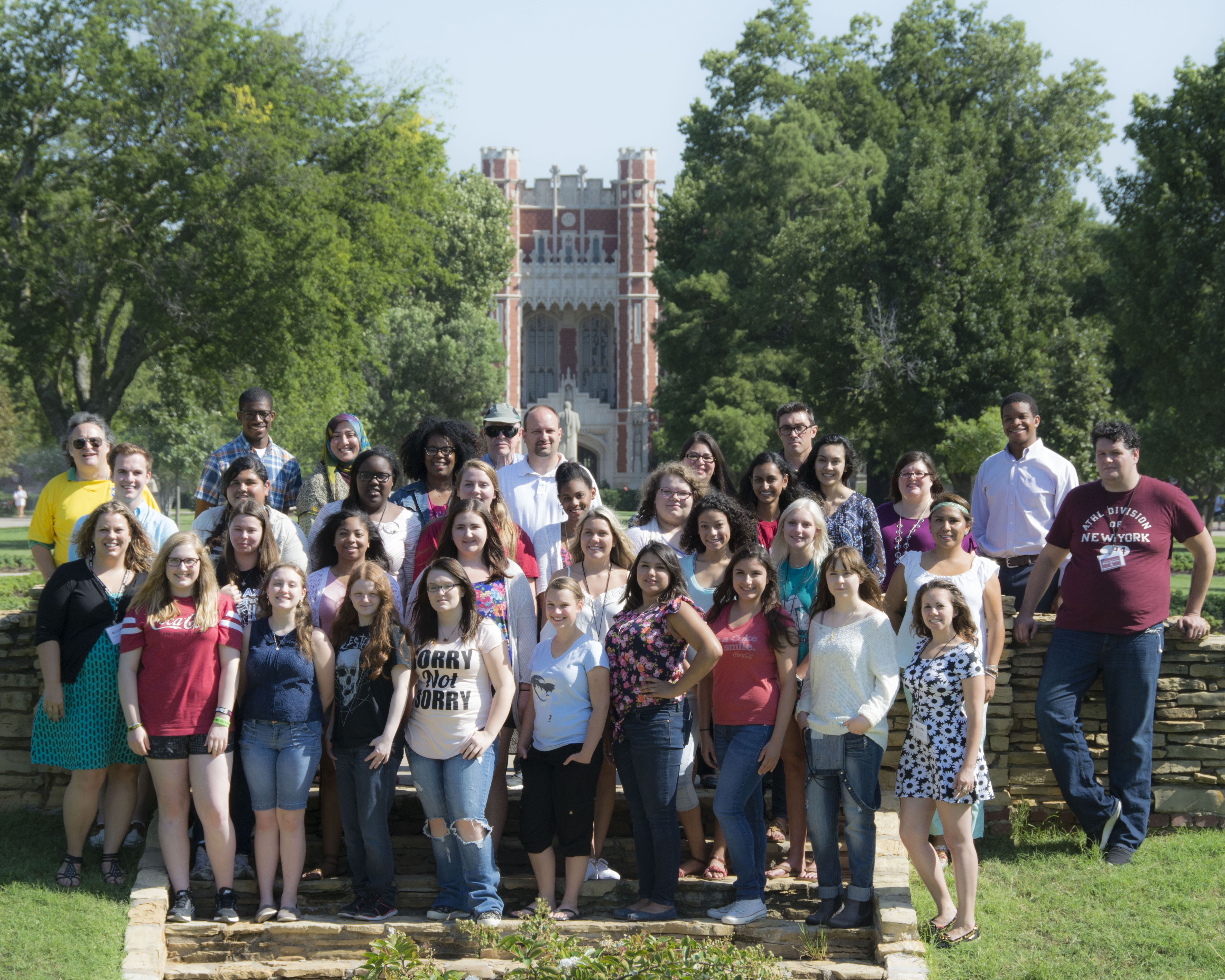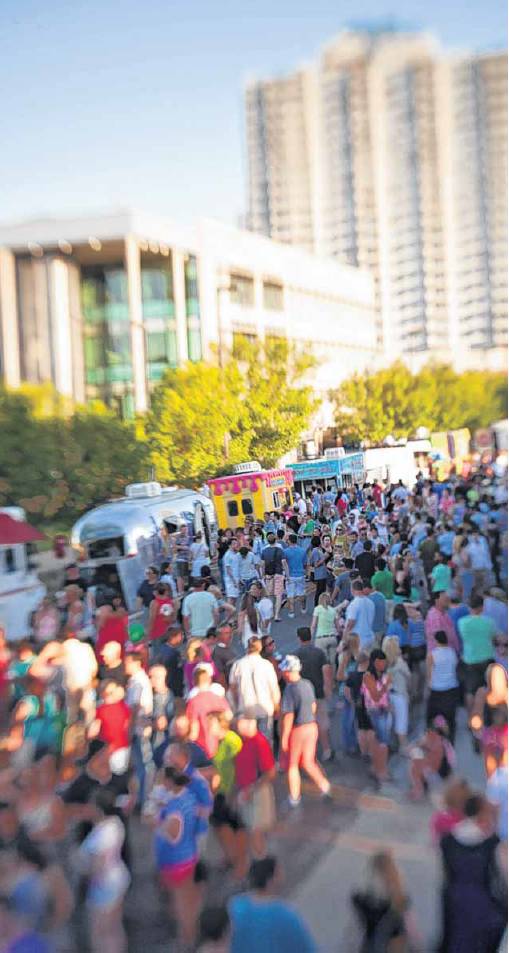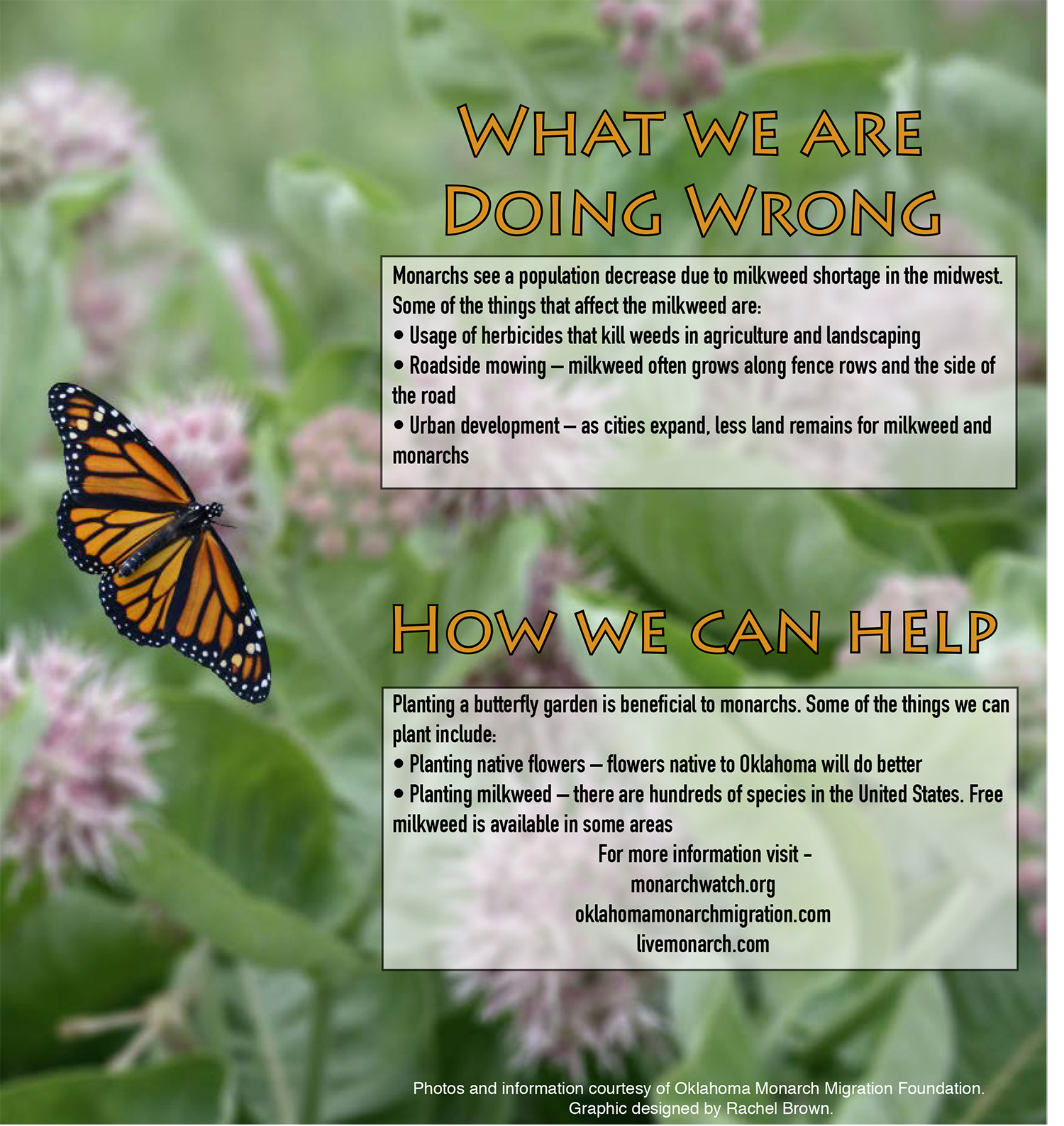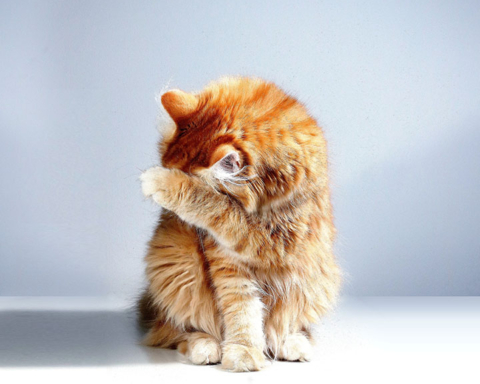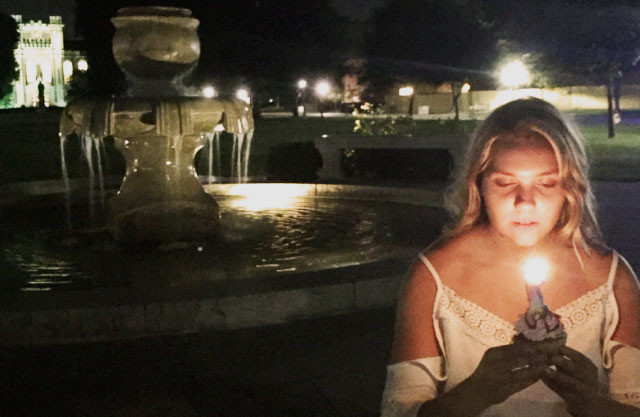Kaela Moore smiled all the time. Unbeknown to many, the Northeastern State University student experienced five to eight panic attacks a day. Crippling depression once brought her to a place “no one wants to go,” she said.
Moore, now 19 and living in Tahlequah, Oklahoma, attempted suicide during her freshman year of college. Although television sensationalizes college life in a grand and flawless manner, Moore’s reality proved somber.
She said she often contemplated killing herself.
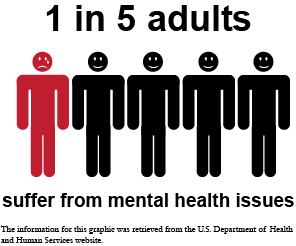 In a sea of statistics, her struggle stands as one individual in a national mental health epidemic across college campuses. According to the World Health Organization, stigma and discrimination against patients and families prevent people from seeking the mental health care necessary to function. With the academic stress, social isolation, sleep deprivation and substance abuse students potentially face in a college environment too often universities become the ultimate pressure-cooker.
In a sea of statistics, her struggle stands as one individual in a national mental health epidemic across college campuses. According to the World Health Organization, stigma and discrimination against patients and families prevent people from seeking the mental health care necessary to function. With the academic stress, social isolation, sleep deprivation and substance abuse students potentially face in a college environment too often universities become the ultimate pressure-cooker.
“It was intense. I had no idea what I was doing,” Moore said in an interview conducted via text message. “I thought I was prepared, but adult life kills you until you learn to scrap with it.”
According to the U.S. Department of Health and Human Services, one in five adults experience a mental health issue at some point in their life. Although privacy laws limit what campus officials can say about the once stigmatized subject, national data helps tell the story of crisis. According to the American College Health Association, one in four college students report being treated by a medical professional for a mental health problem. Such a diagnosis shaves an average of 20 years off a life, according to “Psychology Today.”
Moore said the environment she lived in contributed to her mental illness, but in other cases the transition from high school to college ignites a surge of insecurity, isolation and hopelessness. MentalHealth.gov reports that one in 10 young people experience a period of major depression.
In one such case in fall 2014, a freshman at the University of Oklahoma contemplated suicide. As his peers watched, he sat on the ledge of a 13-story residential hall for about an hour before agreeing to come to safety. Similarly, on the campus of the University of Tulsa in July 2015, a campus crime report said a student was transported by ambulance to an area hospital because of a suicide attempt.
Not all attempts end with a second chance at life.
Madison Holleran, a popular student athlete at the University of Pennsylvania, shocked the campus community and spurred a national discussion when she committed suicide by jumping off a parking garage in January 2014. She was 19.
In an attempt to combat these tragedies, universities in Oklahoma are building support systems for those who seek help.
The University of Oklahoma created the Behavioral Intervention Team, a group of campus officials and Norman community leaders who investigate and intervene with those who may be in distress. Any faculty member, staff member or student may submit a report for an individual who is a part of the OU community.
At the University of Tulsa, the Counseling and Psychological Services Center offers professional, educational and clinical mental health services. Students, faculty and staff may receive psychological counseling at the center at no cost.
“We are trained to help college students adjust to the changes and transitions of college life, as well as to help faculty and staff function more effectively in their roles,” the department website states.
Northeastern State University publishes Student Health 101, an online health and wellness magazine for students, parents and faculty. The magazine is updated monthly and available on the university’s Student Health website, with each student receiving regular e-mails encouraging them to check it out. The publication, which includes topics such as time management and healthy relationships, provides information and resources about physical and mental health.
At Oklahoma State University, University Health Services provides tips to those seeking mental health help. Its website encourages students to develop a support network and meet new people; seek advice from teachers, counselors and family; stay active to reduce the risk of depression and sleep better; and visit the health center to discuss any potential care with a medical professional.
“If the health professional advises treatment, follow instructions,” the site states. “Watch out for side effects, and attend follow-up appointments to assess improvement.”
Moore said that once she began treatment for bipolar disorder, her situation changed dramatically.
According to the U.S. Department of Health and Human Services, family history, life experiences and biological factors can play a part in developing mental illness. In Moore’s case, she said her mother lived with misdiagnosed bipolar disorder.
“Antidepressants made her depressive moments so much worse,” Moore said.
Moore said her life was “fine” growing up, until around age 9, when her mother started substance abuse. Her mother, she said, began physically, emotionally and verbally abusing Moore and her siblings around this time and, as a result, Moore developed anxiety. The situation escalated until Moore was 14, when during a stay away from home over winter break, she received a text from her mother that implied she wanted to end her life.
Under the impression her mother was high but not serious, Moore replied, “whatever, bye.”
Moore’s mother committed suicide shortly after the text was sent.
“I had so much guilt,” Moore said. “From pushing her away, to not telling her I loved her. Basically everyone in the family had given up on helping her, and I figured when I finally gave up, too … she gave up on herself.”
Moore said her mother’s death exacerbated her own anxiety and depression. Eventually, she, too, attempted suicide.
“With the help of friends and being too stubborn to give up when I had come so far… I overcame those mental struggles that held me back for so long,” Moore said.
While campuses are creating mental health programs to help those in similar situations, other groups also are ramping up their efforts to help. Active Minds, Inc. is a nonprofit organization dedicated to raising mental health awareness among college students on a peer-to-peer basis. According to the group’s website, one of its projects, “Send Silence Packing,” is a nationally recognized traveling exhibition of 1,100 donated backpacks, representing the number of college students who commit suicide each year.
Project Semicolon, a faith-based movement, dedicates itself to those struggling with depression, addiction, self-injury and thoughts of suicide.
“A semicolon is used when an author could’ve chosen to end their sentence, but chose not to,” the project’s website states. “The author is you, and the sentence is your life.”
Moore, who said she is in a better place mentally, holds a full-time job. She said she also has a circle of trusted friends and many family members she can call on for help and advice. Moore even has a suicide-awareness tattoo — a semicolon.
“I am very open,” Moore said, explaining her current mindset. “I hope that I can help others.”


